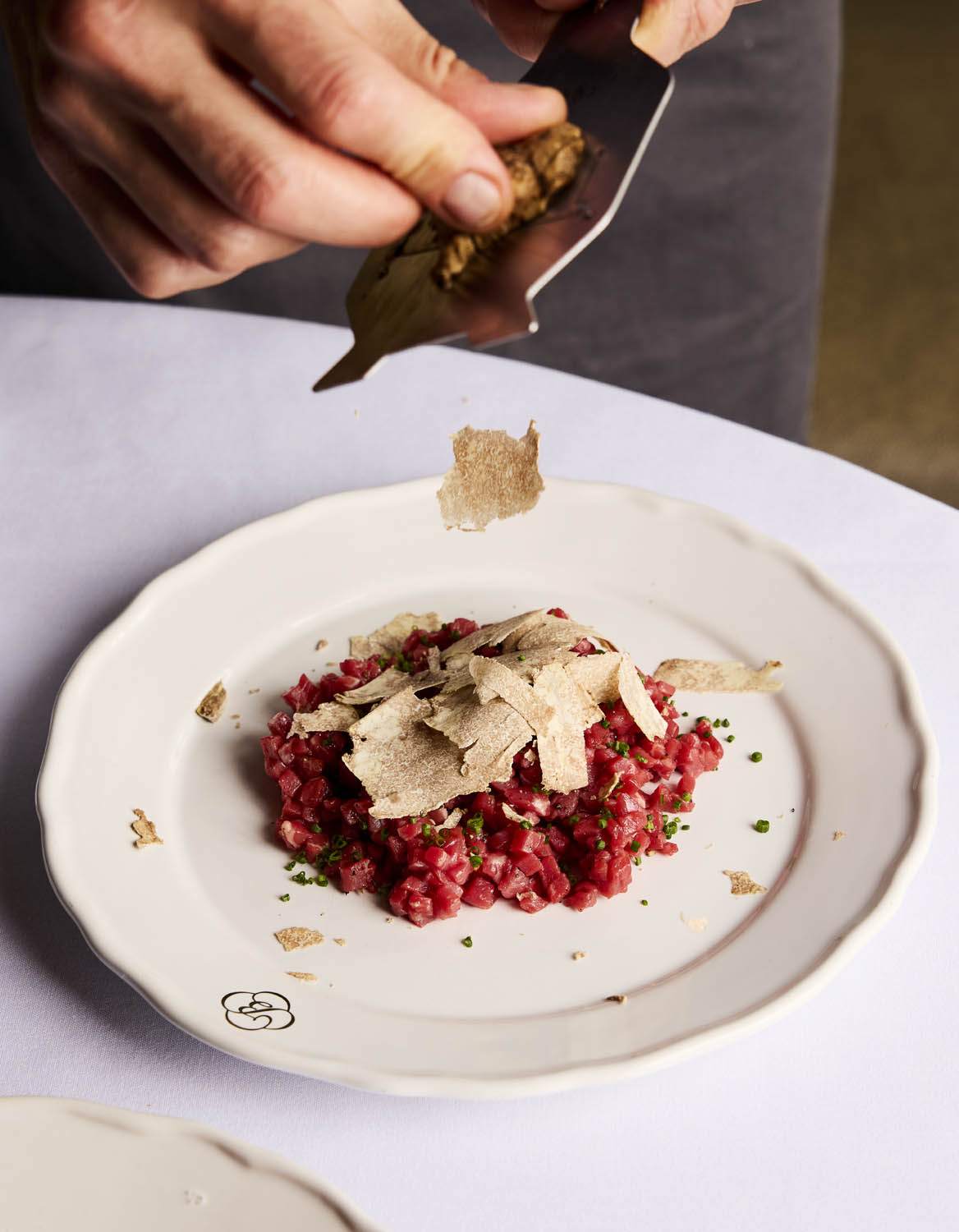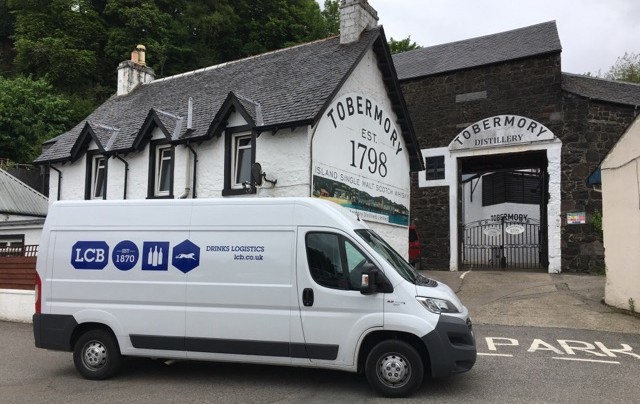Bordeaux Families ups its focus on no and low
Wine cooperative Bordeaux Families has built a thriving crémant business over the last decade, but its recent addition of alcohol-free sparkling and still wines is causing a buzz. On a recent visit to the winery, Arabella Mileham spoke to winemaker Aurélie Vion about the challenges involved.
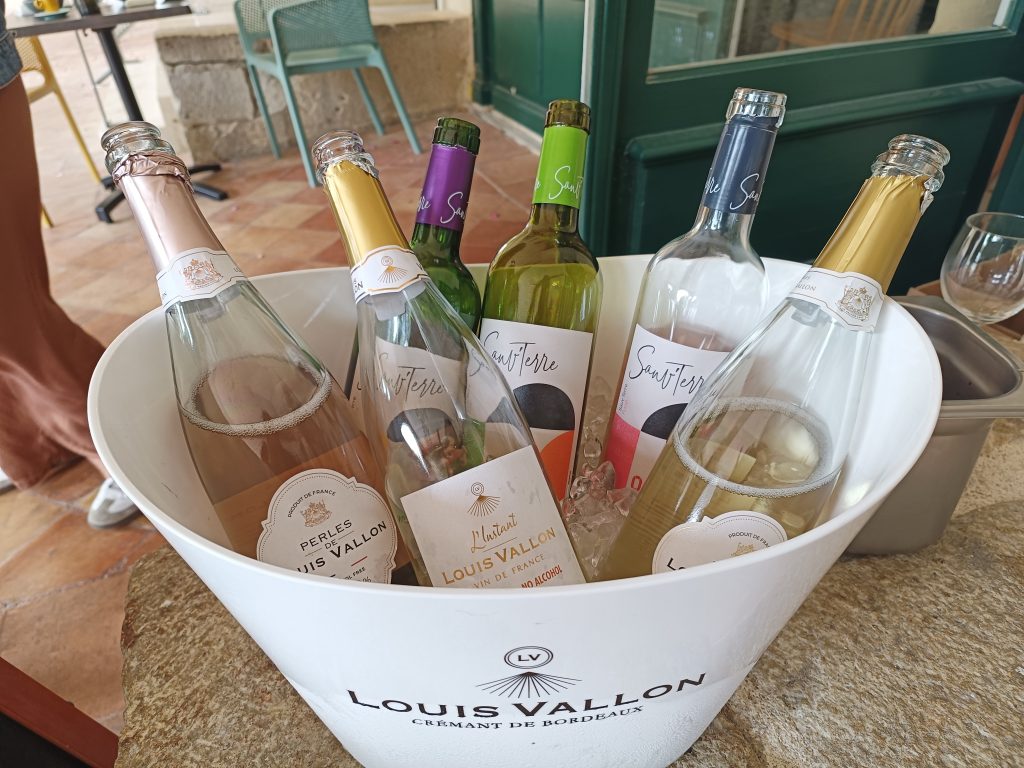
Based in Entre-Deux-Mers in the sleepy town of Sauveterre-de-Guyenne, Bordeaux Families is one Bordeaux’ largest cooperatives, comprising 300 members with around 5,000 ha of vines under production. Although dating back to 1934, the current company was established following the merger of Caves Louis Vallon and Sauveterre-Blasimon-Espiet in 2007, becoming a leading producer of accessible/mid-range Bordeaux wines. These are increasingly sold direct to the trade, rather than going via the negociant system.
“We want to be in charge of our own brand. For us, it’s very important to be brand building, not just selling wine,” marketing manager Anna-Sophie Sobecki said.
Since 2010, crémant has become an increasingly important string to its bow (its Louis Vallon Crémant De Bordeaux Blanc De Noirs is sold in Sainsbury’s, a fact the team are very proud of), much of which is Merlot-based, and this year it will produces around seven million bottles of still and sparkling wines.
However, given the crisis facing red wine in recent years – director Phillipe Cazaux, told weinmagazine in January that red wine had fallen from 62% of its production in 2018, to around 35% now – sparked another move away from more traditional Bordeaux fare, with the company’s entrance into no- and low.
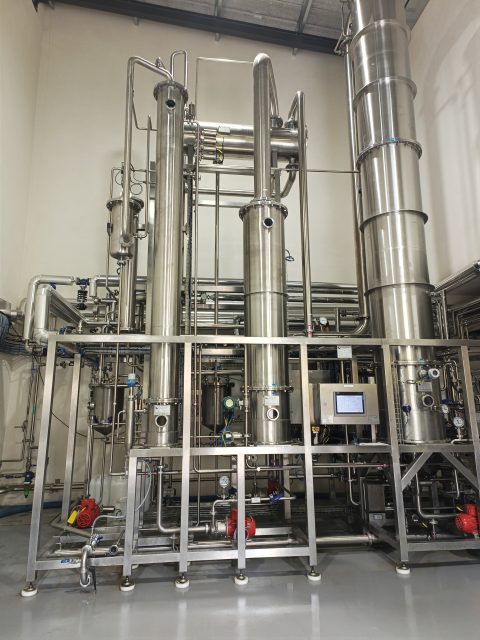
The new range, which was launched in January, is produced in a “very tiny but very effective” dealcoholisation plant at the coop’s facility in Sauveterre-de-Guyenne, the result of a 2.5 million euro investment. It is, according to François L, operations manager of distillation & dealcoholization, “super-efficient and super quick” and does “not bring any bad aromas or bad flavours to the wine – it’s why we choose this technology compared to osmosis for instance,” he explains.
The continuous column still is operated under vacuum, which allows the team to pump around 1000 litres of wine per hour. The wine is heated to around 30 degrees Celsius, which is enough to remove the alcohol, next the aromatic and volatile compounds – the “essence aromatique” – are removed and stored in a small conic shape tank, while the dealcoholized wine is transferred to tanks to be stored. Finally, the alcohol levels are concentrated to around 80% ABV in the concentration and rectification column and also stored (at some point, the team may develop its own spirits line – although it is “a lot of work”, Vion noted).
The range comprises 0.0% dealcoholized still and sparkling wines (or as it is legally known, a wine-based flavoured beverage), which comprises a white and pink sparkler under the Perles of Louis Vallon and Zephyr labels, and a 0.0% Sauv Terre in red, white and pink.
The team have also produced a 0.5% sparkling wine which has been “rearomatized” by adding the volatile aromas and natural essence back in. This is only possible “by allowing a small percentage of alcohol in the wines,” Vion points out. “You get the authentic taste of the product by making this small compromise”. Demand of the 0.0% and 0.5% varies according to the market. As Sobiecki points out, the German market is happy to have a 0.5% abv, “but in a lot of Asian markets they want 0.0%.”
Partner Content
It was, according to Sobiecki “hard to refine the same flavours in the non-alcoholic as in the alcoholic wines”, but winemaker Aurelie Vion had worked in the laboratory for two to three years to get the dealcoholized products as close as possible to their taste of the wine range itself, adding natural flavours and sugars.
It was particularly important to replicate the “hint of acidity and balance” in the rose in the dealcoholized wine, Vion said – so while it was necessary to add sugar, finding that balance was “very important”.
Then it was a case of scaling up production. “When we understood those, we made about 2,000hl of the 2023 vintage,” she said.
Continued experimentation
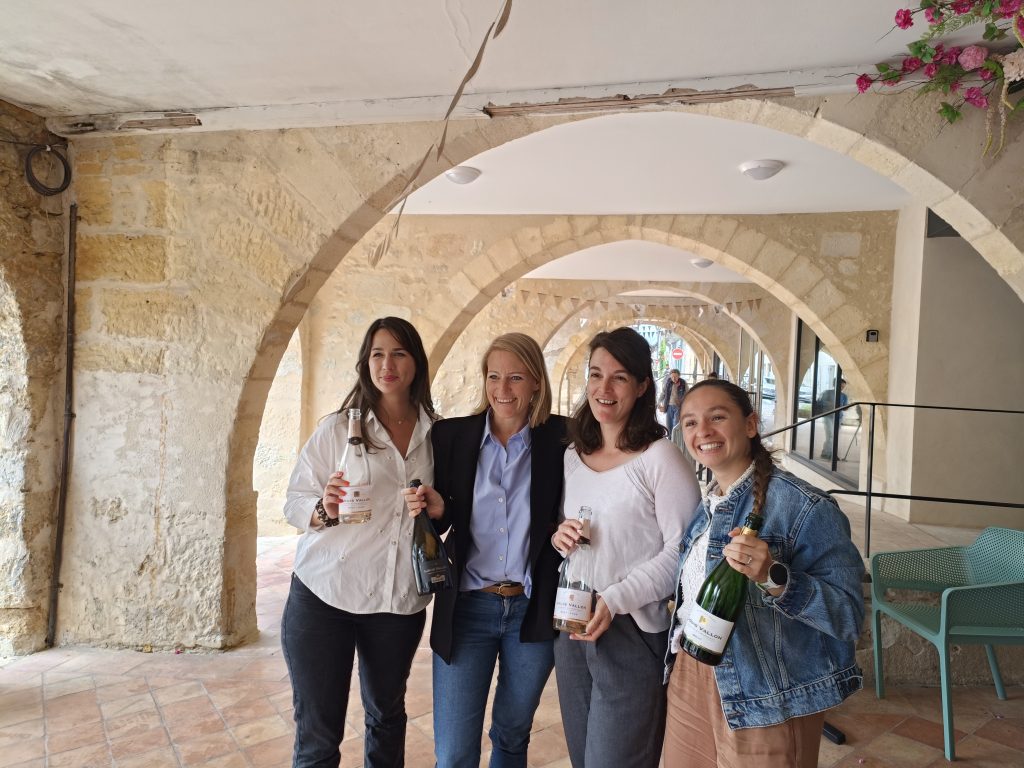
But the experimentation hasn’t stopped there. Vion and her team continue to experiment with a number of factors, for example they have conducted some trials around lees ageing for the dealcoholized wines.
“We tried to age on lees and tried a second fermentation to have less than 1%,” she explained, noting that wines about 1.2% abv are subject to different rax regulations, while those with very low alcohol levels need to be protected against bacteria.
“It is at the beginning, by maybe one day!” she said. “We try a lot of things as don’t know which ones will work.”
Meanwhile, the company’s investment in sparkling wine continues to pay dividends – in 2022 it produced 2m bottle of Crémant, but it hopes to reach 3m by the end of this year – and 5m in the next few years.
“This is a bit of commercial ambition and a lot of demand,” Sobiecki notes. “Crémant is hard to produce so we increased production for that so now matching supply and demand.”
Around 20% of the crémants are sold in the off-trade domestically, but the majority (60%) is sold to export markets, with key markets including the US, Asia (primarily Japan and Korea), the UK and Belgium. The team want to see growth in the domestic market as well, eyeing up the French supermarkets and off-trade in Bordeaux as key outlets in the next five years.
But above all, the plan is to “stay innovative, and look for innovative products,” Sobiecki said. “We are very proud of our range but we can’t be content with just the brands we have.”
Related news
'Rare buying opportunities' as fine wine prices hit a five-year floor

